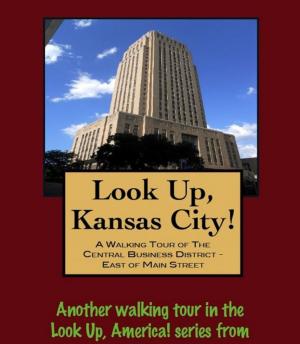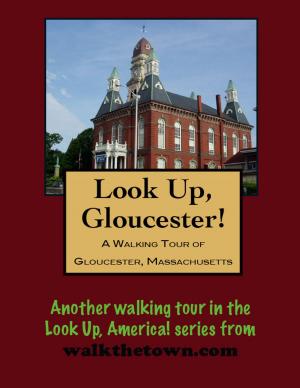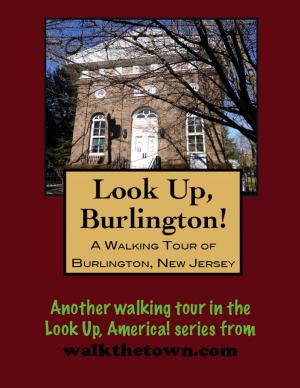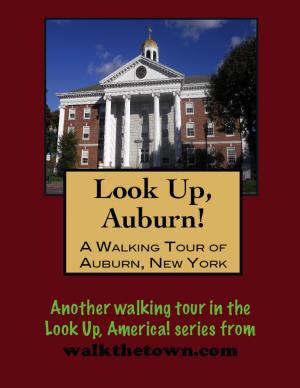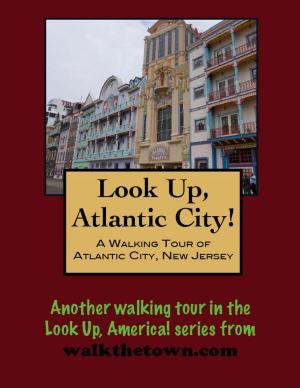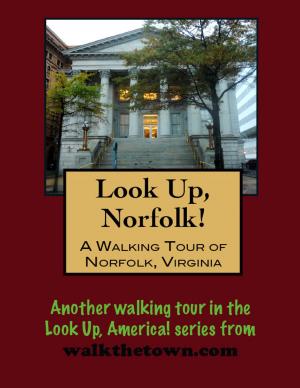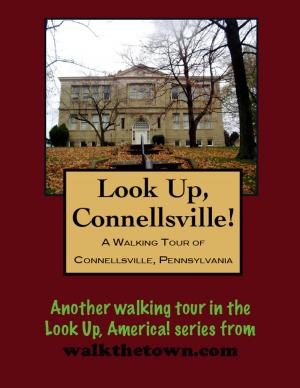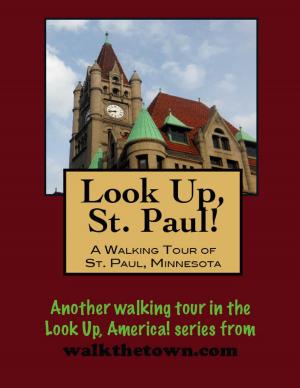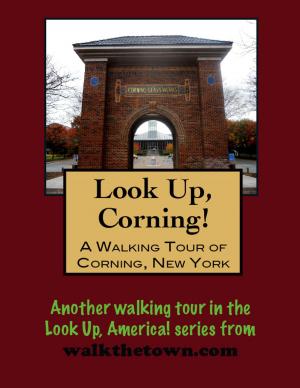| Author: | Doug Gelbert | ISBN: | 9781458115249 |
| Publisher: | Doug Gelbert | Publication: | April 29, 2011 |
| Imprint: | Smashwords Edition | Language: | English |
| Author: | Doug Gelbert |
| ISBN: | 9781458115249 |
| Publisher: | Doug Gelbert |
| Publication: | April 29, 2011 |
| Imprint: | Smashwords Edition |
| Language: | English |
There is no better way to see America than on foot. And there is no better way to appreciate what you are looking at than with a walking tour. This walking tour of Roanoke, Virginia is ready to explore when you are. Each walking tour describes historical, architectural landmarks, cultural sites and ecclesiastic touchstones and provides step-by-step directions. Every tour also includes a quick primer on identifying architectural styles seen on American streets.
German and Scotch-Irish settlers pushed down into the Roanoke Valley from Pennsylvania in the early 1740s and by 1746 this area carried the name "Big Lick." It came by its name honestly as the marshy conditions of the salt lick and the lack of a dependable supply of fresh water inhibited attempts to establish towns. Only the town of Salem would establish a lasting foothold.
In 1838 enough homesteaders had arrived to warrant the creation of Roanoke County. A few years earlier William Rowland had purchased land in what would one day be downtown Roanoke and laid out building lots. The town was chartered as Gainesborough, taking its name from Rowland's partner, Kemp Gaines. The development did not, however cause a growth explosion - tax rolls listed four buildings in Gainesborough and six next door in Big Lick.
The railroad arrived in 1852 and the town began to stir, although progress was temporarily impeded by the Civil War. Big Lick was chartered as a town in 1874 as the population reached 600. In 1881, however, the Shenandoah Valley Railroad that ran north-south from Hagerstown, Maryland merged with the Atlantic, Mississippi & Ohio Railroad whose lines ran east-west. After an inducement of $10,000 and other concessions, Big Lick was chosen as the intersection and headquarters for the newly named Norfolk & Western Railway Company. Big Licksters immediately offered to rename their town after railroad president Frederick J. Kimball but he demurred in favor of "Roanoke," an Indian term roughly translating to "shell money."
The town was launched on a decades-long boom that established it as the dominant city in southwest Virginia. The railroad and its great maintenance shops would drive Roanoke for much of the next 75 years. Steam engines continued to roll off its tracks until 1953. Other industries, including enormous cellulose factories followed, pushing the population of the city proper to 100,000 with three times as many people in the surrounding area.
As befits its legacy as a railroad town, we'll start our walking tour hard by the historic tracks and begin by looking across to a relic that dates back to the very earliest days of train travel in Roanoke...
There is no better way to see America than on foot. And there is no better way to appreciate what you are looking at than with a walking tour. This walking tour of Roanoke, Virginia is ready to explore when you are. Each walking tour describes historical, architectural landmarks, cultural sites and ecclesiastic touchstones and provides step-by-step directions. Every tour also includes a quick primer on identifying architectural styles seen on American streets.
German and Scotch-Irish settlers pushed down into the Roanoke Valley from Pennsylvania in the early 1740s and by 1746 this area carried the name "Big Lick." It came by its name honestly as the marshy conditions of the salt lick and the lack of a dependable supply of fresh water inhibited attempts to establish towns. Only the town of Salem would establish a lasting foothold.
In 1838 enough homesteaders had arrived to warrant the creation of Roanoke County. A few years earlier William Rowland had purchased land in what would one day be downtown Roanoke and laid out building lots. The town was chartered as Gainesborough, taking its name from Rowland's partner, Kemp Gaines. The development did not, however cause a growth explosion - tax rolls listed four buildings in Gainesborough and six next door in Big Lick.
The railroad arrived in 1852 and the town began to stir, although progress was temporarily impeded by the Civil War. Big Lick was chartered as a town in 1874 as the population reached 600. In 1881, however, the Shenandoah Valley Railroad that ran north-south from Hagerstown, Maryland merged with the Atlantic, Mississippi & Ohio Railroad whose lines ran east-west. After an inducement of $10,000 and other concessions, Big Lick was chosen as the intersection and headquarters for the newly named Norfolk & Western Railway Company. Big Licksters immediately offered to rename their town after railroad president Frederick J. Kimball but he demurred in favor of "Roanoke," an Indian term roughly translating to "shell money."
The town was launched on a decades-long boom that established it as the dominant city in southwest Virginia. The railroad and its great maintenance shops would drive Roanoke for much of the next 75 years. Steam engines continued to roll off its tracks until 1953. Other industries, including enormous cellulose factories followed, pushing the population of the city proper to 100,000 with three times as many people in the surrounding area.
As befits its legacy as a railroad town, we'll start our walking tour hard by the historic tracks and begin by looking across to a relic that dates back to the very earliest days of train travel in Roanoke...




